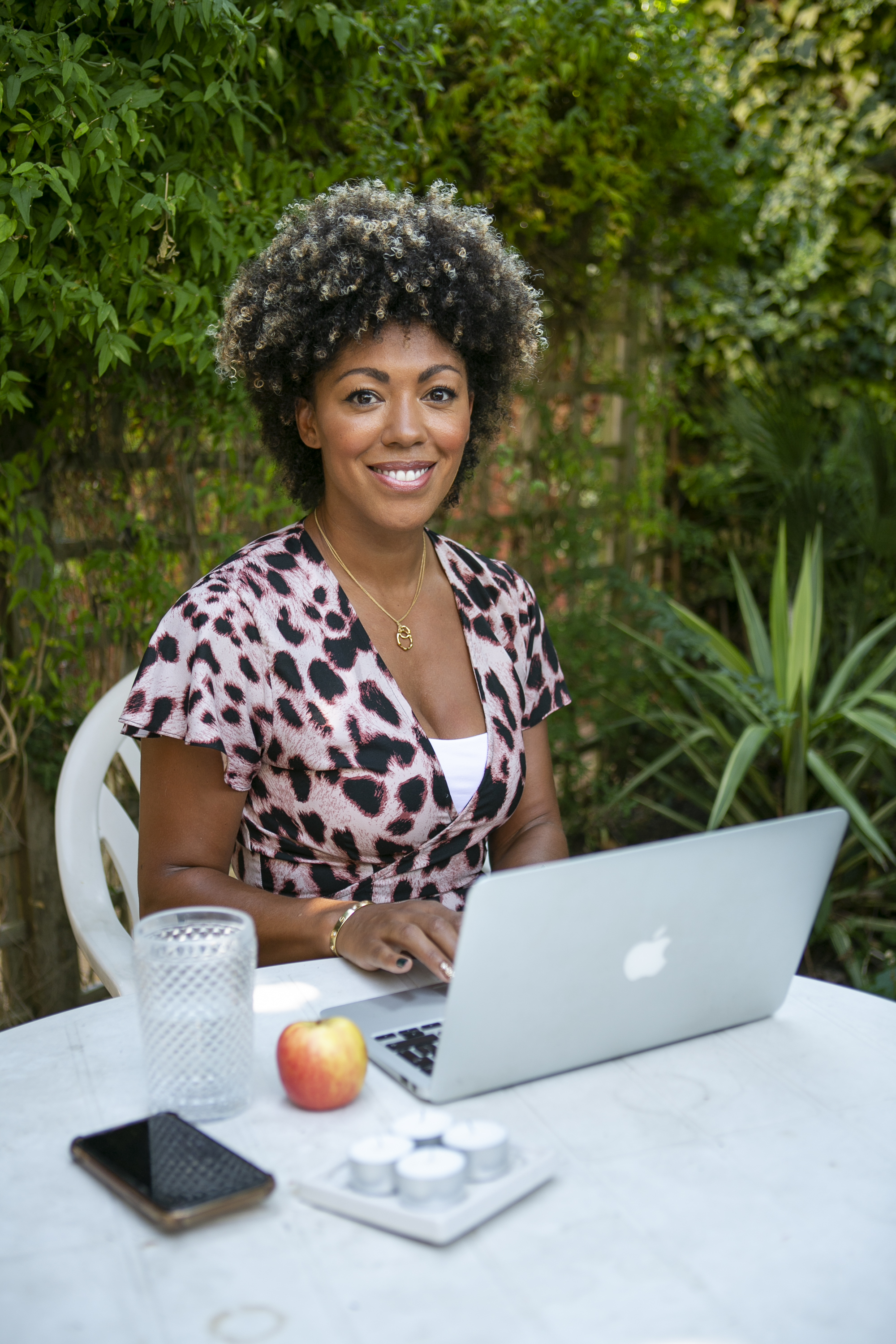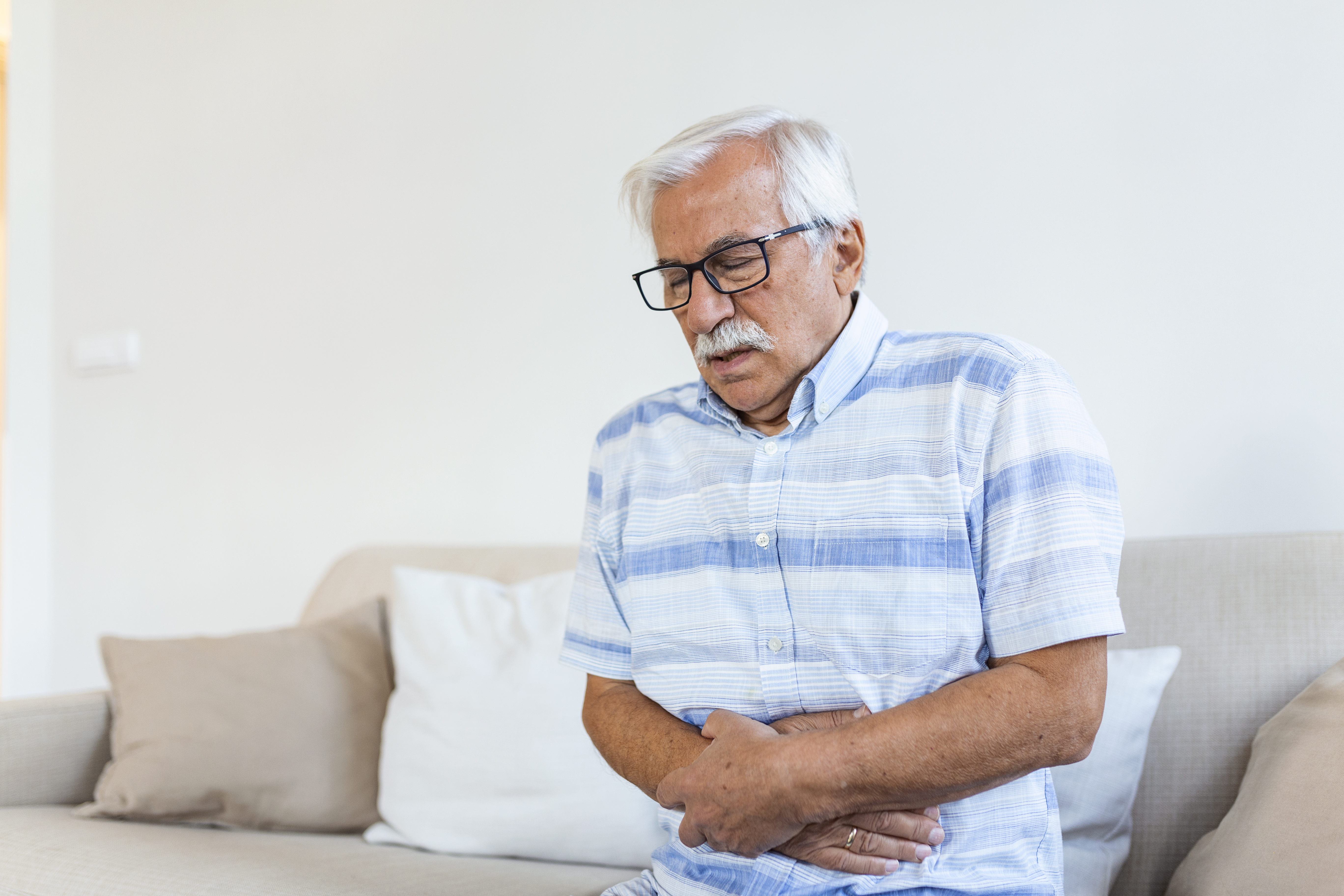SOMETIMES we put off asking for help because we think a health problem is too small to bother our GP with, or so common that we should just get on with it.
But I’m here to tell you that’s not true.

Dr Zoe is here to help you sort those niggling health worries and answers your quests
Thanks to this week’s readers bravely stepping forward with their ailments, lots more new mums will know that help is out there for them if they are suffering with incontinence after having a baby.
Meanwhile, others will have their minds put at rest next time they get a pang of cramp.
No worry or health complaint is insignificant, and you could help other people by sending in your health query.
So don’t hold back — I’d love to hear from you. But now, here’s this week’s batch of reader questions . . .
Q) AFTER I developed a DVT in my left leg I was sent for a scan. It showed several small pulmonary nodules. What are they and will they turn into – or are they – cancer?
A) I’m sorry to hear you have been diagnosed with a DVT, which stands for deep vein thrombosis.
This means you have a blood clot in one of the large veins of your leg. I hope you are recovering well. The doctors would have done a CT scan of your chest to make sure there was no blood clot in your lungs, which is called a pulmonary embolism, and I am guessing the finding of these pulmonary nodules was incidental.
A pulmonary nodule (or lung nodule) describes a small, denser area of the lung which appears as a round spot on the CT scan image.
Up to 35 per cent of people who have a CT scan that includes their lungs will have a nodule found, so it is common.
As in your case, sometimes there are multiple nodules in the lungs, and this is not necessarily more serious than having a single nodule.
Most lung nodules seen on CT scans are not cancer.
They are more often the result of old infections, scar tissue or other causes. But tests are sometimes needed to be sure that nodules are not cancer.
Most often the next step is to get a repeat CT scan to see if the nodule is growing over time.
Q) WHEN pelvic floor treatment doesn’t help relieve incontinence after giving birth, what other support is there?
A) Thank you for asking this question. Having had a baby myself a year ago, it has become very apparent that we do not talk openly enough about what happens to so many of us after having a baby, and that long list includes urinary incontinence.
The muscles of the pelvic floor and other soft tissues of your pelvic region, including those responsible for bladder control, are stretched immensely during pregnancy.
Additionally, the hormones of pregnancy (and the postpartum period) cause your ligaments to become more elastic. So irrespective of how you birth your baby, you are left with weak muscles and stretchy ligaments that require a long period of rehabilitation to regain their full strength and function.
This includes the muscles around your urethra, which under normal circumstances squeeze tighter as your bladder fills, affecting bladder control; meaning the weaker they are, the more likely you are to leak urine if you cough, sneeze, jump, run or if your bladder is full.
This is why pelvic floor muscle training is so important, and should start from day one of pregnancy, or even better, we should all be doing regular pelvic floor exercises anyway.
Research shows that one in three women experiences urinary incontinence in the first year after having a baby and up to three quarters of these women continue to experience this in the following 12 years after giving birth.
A further one in ten women experiences faecal incontinence and another one in 12 will have a pelvic organ prolapse. If symptoms of urinary incontinence or other types of pelvic floor dysfunction are not resolving or are causing distress, you should seek the support of a healthcare professional.
Supervised pelvic floor muscle training, intravaginal devices and pessaries, medicines, psychological and behavioural interventions are all potential options, as well as surgery in some cases.
In France, any woman who has delivered a baby gets a prescription for ten free physiotherapy sessions to “re-educate” her pelvic floor.
If only our NHS could stretch to this!
My advice to pregnant women is to consider spending a bit less on the pram and get yourself a couple of sessions with a pelvic health physio privately. Your future self will thank you. Also follow @martadowner and check out the mummymot.com for more information.
Q) OCCASIONALLY when I bend to tie my shoelace and sneeze, my stomach muscles contract and are very painful for about 30 seconds. Then, after I stretch, it’s OK again. Is this arthritis? I am 88 and am reasonably fit.
A) Arthritis describes pain, swelling or inflammation in one or more joints. You seem to be describing cramp, which is a sudden and involuntary contraction of one or more of your muscles.

When I bend to tie my shoelace and sneeze, my stomach muscles contract and are very painful
Two of my friends who work at This Morning just last week asked me about a similar symptom. They were both experiencing this when holding certain positions during their Pilates classes.
Muscle cramps usually disappear on their own and are rarely serious enough to require medical care. If you don’t already, then as a first step I would recommend incorporating some daily exercise into your routine.
It could be some simple stretches — movements that help your muscles get stronger. Here is a resource you might find helpful. It is designed with older adults in mind, and you can do all the exercises in your own home: PHE Active at Home Booklet (galleriesmedicalpractice.co.uk).
However, do see your doctor if your cramps are persisting, getting worse or causing distress.